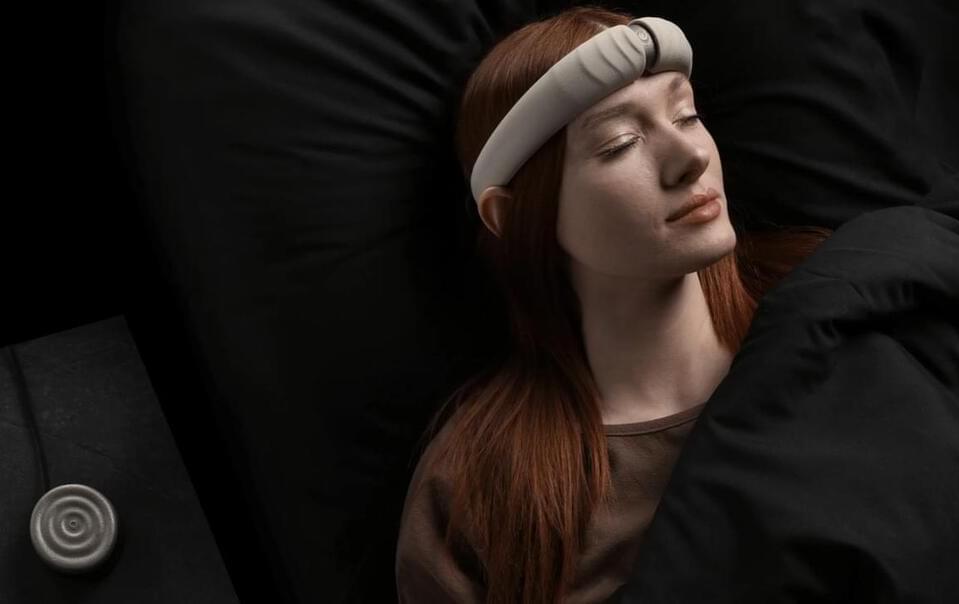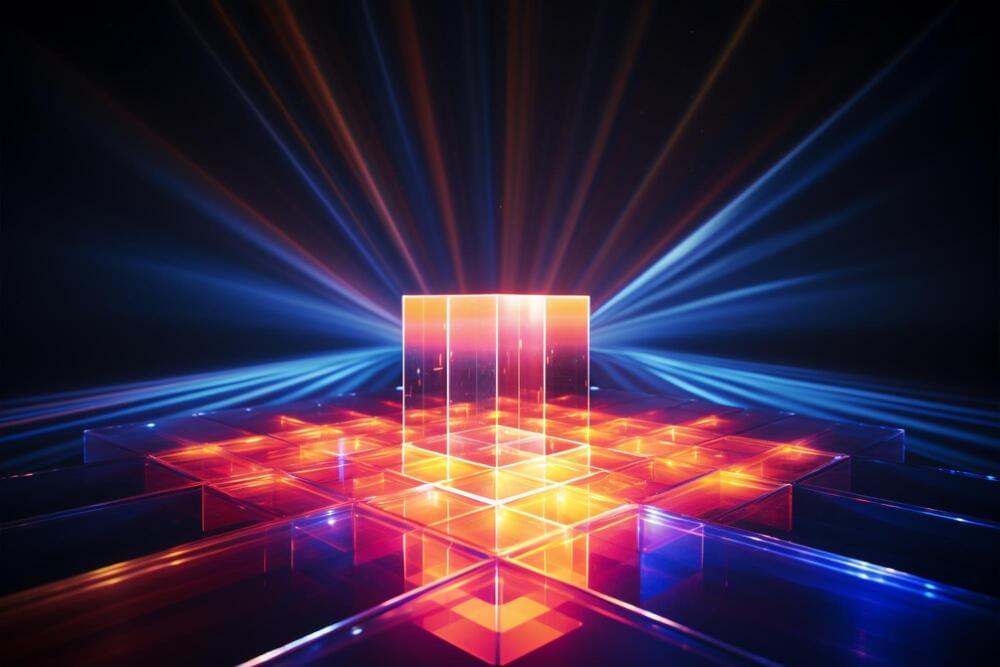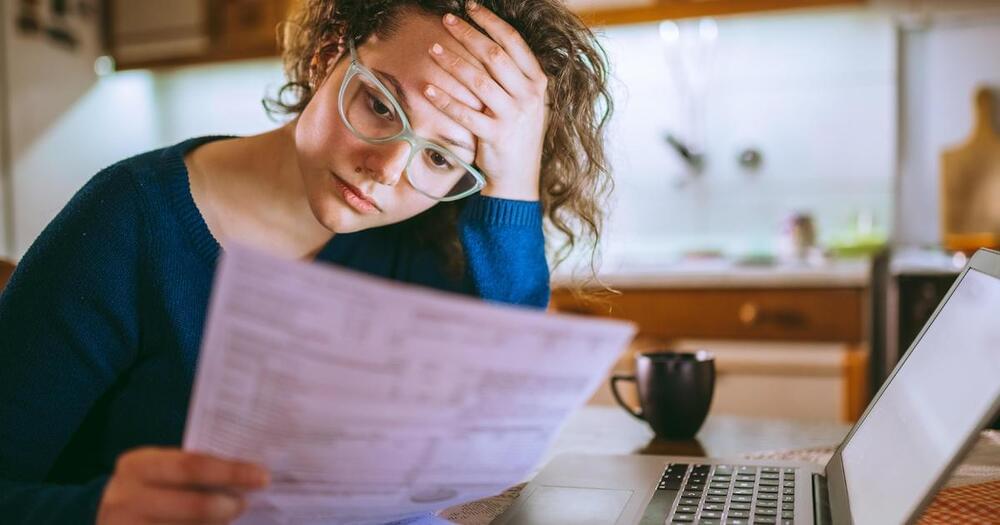‘Inception’ is about to become a documentary — or are we all just dreaming?



Researchers at Osaka University have developed a groundbreaking flexible optical sensor that works even when crumpled. Using carbon nanotube photodetectors and wireless Bluetooth technology, this sensor enables non-invasive analysis and holds promise for advancements in imaging, wearable technology, and soft robotics. Credit: SciTechDaily.com.
Researchers at Osaka University have created a soft, pliable, and wireless optical sensor using carbon nanotubes and organic transistors on an ultra-thin polymer film. This innovation is poised to open new possibilities in imaging technologies and non-destructive analysis techniques.
Recent years have brought remarkable progress in imaging technology, ranging from high-speed optical sensors capable of capturing more than two million frames per second to compact, lensless cameras that can capture images with just a single pixel.
Reminder: It’s only been 1 YEAR since the Will Smith eating spaghetti videoOpenAI Sora: https://openai.com/sora#researchThumbnail character: BasedAFMKBHD Mer…

LoRA Land: 25 fine-tuned #Mistral 7b #LLM that outperform #gpt4 on task-specific applications ranging from sentiment detection to question answering.
Predibase is the fastest way to productionize open-source AI. It enables easy fine-tuning and serving of LLM or deep learning models on cloud infrastructure, promising scalability and cost-effectiveness and is currently used by Fortune 500 and high-growth companies. Try for free: https://predibase.com/free-trial.
Speaker’s Bio: Catherine (Katie) Schuman is a research scientist at Oak Ridge National Laboratory (ORNL). She received her Ph.D. in Computer Science from the University of Tennessee (UT) in 2015, where she completed her dissertation on the use of evolutionary algorithms to train spiking neural networks for neuromorphic systems. She is continuing her study of algorithms for neuromorphic computing at ORNL. Katie has an adjunct faculty appointment with the Department of Electrical Engineering and Computer Science at UT, where she co-leads the TENNLab neuromorphic computing research group. Katie received the U.S. Department of Energy Early Career Award in 2019.
Talk Abstract: Neuromorphic computing is a popular technology for the future of computing. Much of the focus in neuromorphic computing research and development has focused on new architectures, devices, and materials, rather than in the software, algorithms, and applications of these systems. In this talk, I will overview the field of neuromorphic from the computer science perspective. I will give an introduction to spiking neural networks, as well as some of the most common algorithms used in the field. Finally, I will discuss the potential for using neuromorphic systems in real-world applications from scientific data analysis to autonomous vehicles.
Organizer: Dr. Ramtin Zand.
Seminar Webpage: https://www.icaslab.com/Seminar

Topological Deep Learning (TDL) is gaining traction for its ability to capture higher-order interactions beyond the pairwise structure of #graphs, using tools from #algebraic #topology, especially combinatorial topological spaces.
How combinatorial topological spaces can be used to promote a paradigm shift from inferring pairwise to multiway latent relationships in data.
Several problems in machine learning call for methods able to infer and exploit multi-way, higher-order relationships hidden in the data. We propose the new beyond-graph paradigm of Latent Topology Inference, which aims to learn latent higher-order combinatorial topological spaces describing multi-way interactions among data points. To make Latent Topology Inference implementable, we introduce the Differentiable Cell Complex Module, a novel learnable function able to infer a latent cell complex to improve the downstream task.
This post is based on the paper by Claudio Battiloro, Indro Spinelli, et al., “From Latent graph to Latent Topology Inference: Differentiable Cell Complex Module”, ICLR 2024, a collaboration with Lev Telyatnikov, Michael Bronstein, Simone Scardapane, and Paolo Di Lorenzo. The code can be found here.
Graph Neural Networks (GNNs) have become prominent in several domains, due to their ability to merge neural networks flexibility with the knowledge of data relationships modeled through graphs. However, GNNs typically need as input a fixed graph (which is assumed optimal for the task at hand), and they can explicitly model only pairwise interactions.

Along with climbing homelessness and other societal woes globally this is the time for transhuman ideals to emerge to save lives. We could automate all work and get universal basic income with AI to work for us.
About 61% of Americans are living paycheck to paycheck, an issue that impacts both low-wage and high-income families alike, according to new research from LendingClub.
Low-wage earners are most likely to live paycheck to paycheck, with almost 8 in 10 consumers earning less than $50,000 a year unable to cover their future bills until their next paycheck arrives. Yet even 4 in 10 high-income Americans, or those earning more than $100,000, say they’re in the same position, the research found.
Such a situation is viewed as financially risky because it means those households don’t have enough savings to tide them over in case of an emergency, indicating that they are unable to cover their upcoming bills until their next payday. The rate of Americans who are living paycheck to paycheck is on the rise, up 2 percentage points from a year earlier, the analysis found.
Can you make friends with a robot?
“To study this, we asked 387 participants about their usage of AI, as well as their general experience of social connection and support.”
About a third of people are lonely. Three scholars consider whether AI can help, or if it’ll just make things worse.
Robots may seem like a completely modern phenomenon, but the idea of creating artificial beings is by no means new. In this video we’ll look at the ancient predecessors of our modern robots, and see their development from a concept in mythology, to the earliest simple devices, and finally to full-fledged self-moving statues.
→ CLIPS USED
Metropolis (1927)
Sophia the Robot Gives a Glimpse of What’s to Come in 2020
• Sophia the Robot Gives a Glimpse of W…
Do You Love Me?
• Do You Love Me?
Adrienne Mayor, PhDWho first imagined robots, animated statues, automatons, and Artificial Intelligenc…